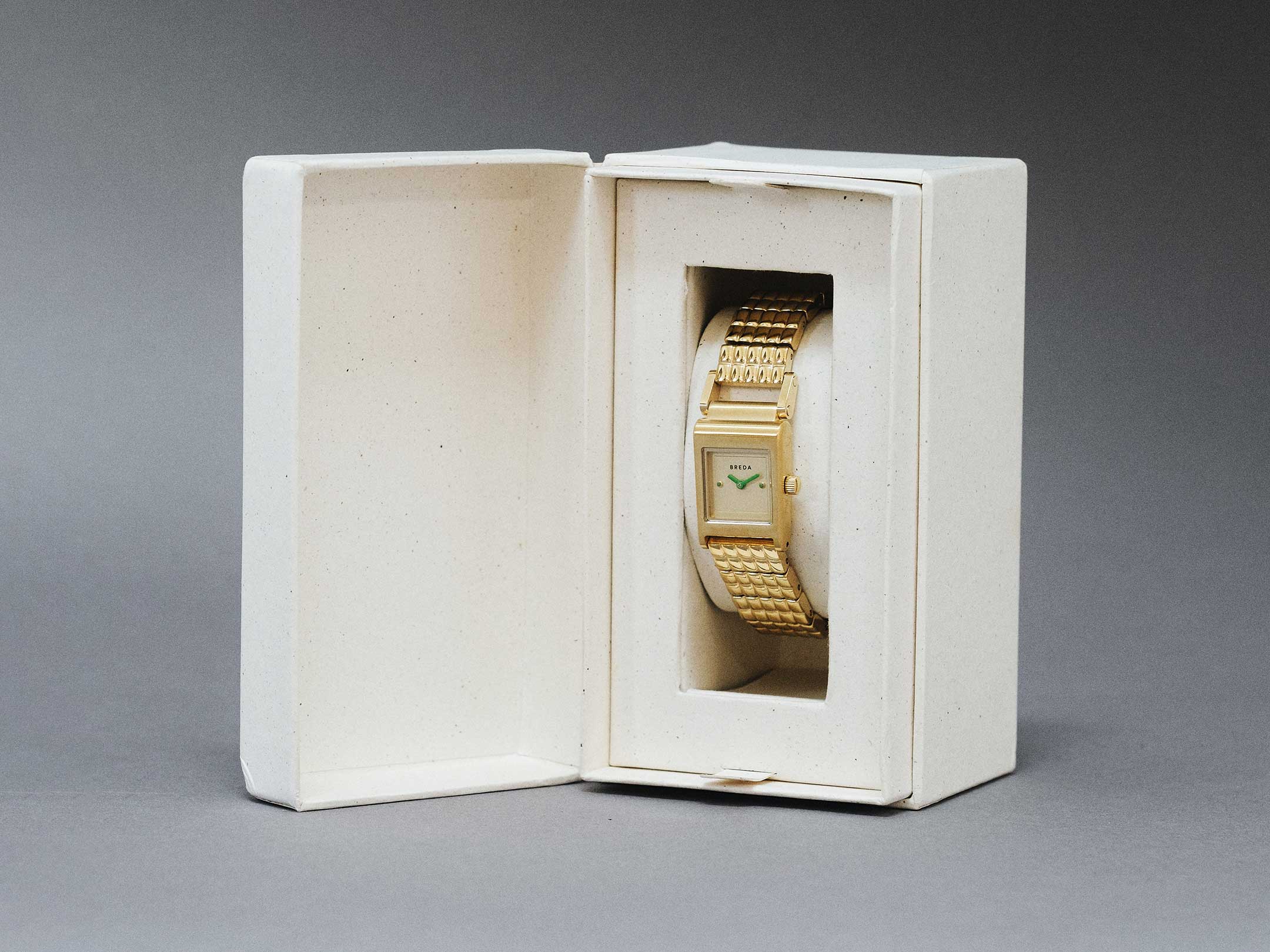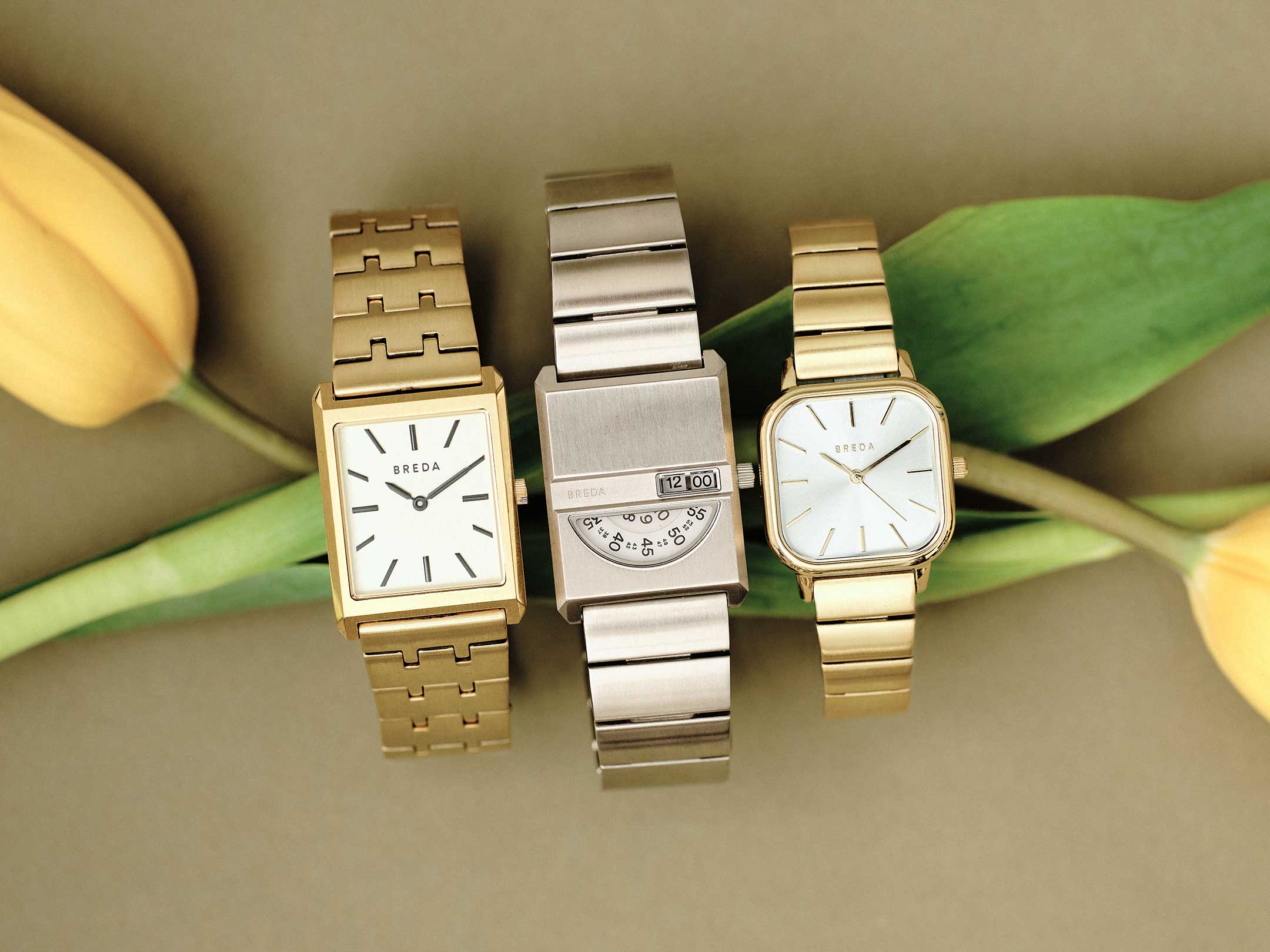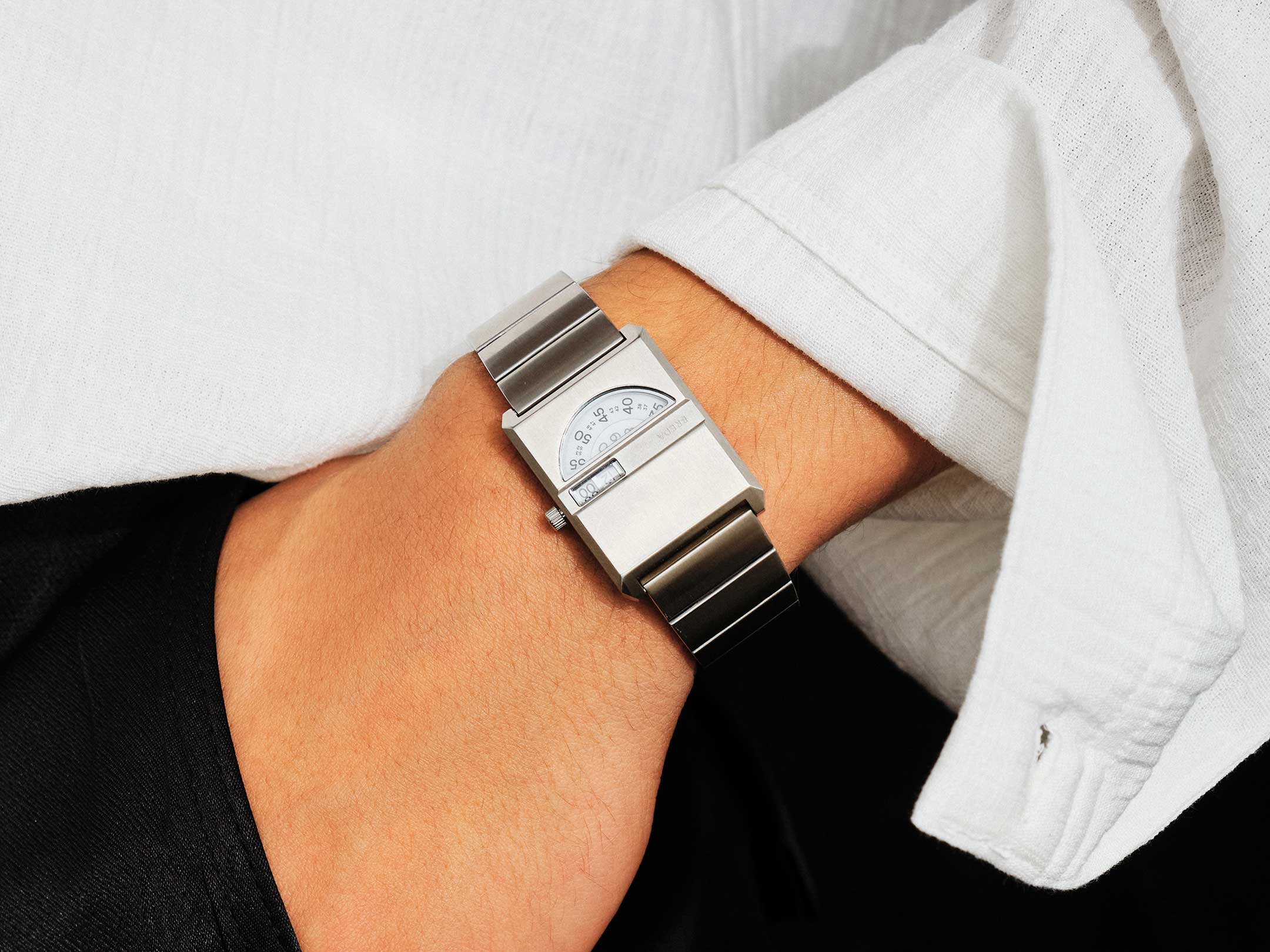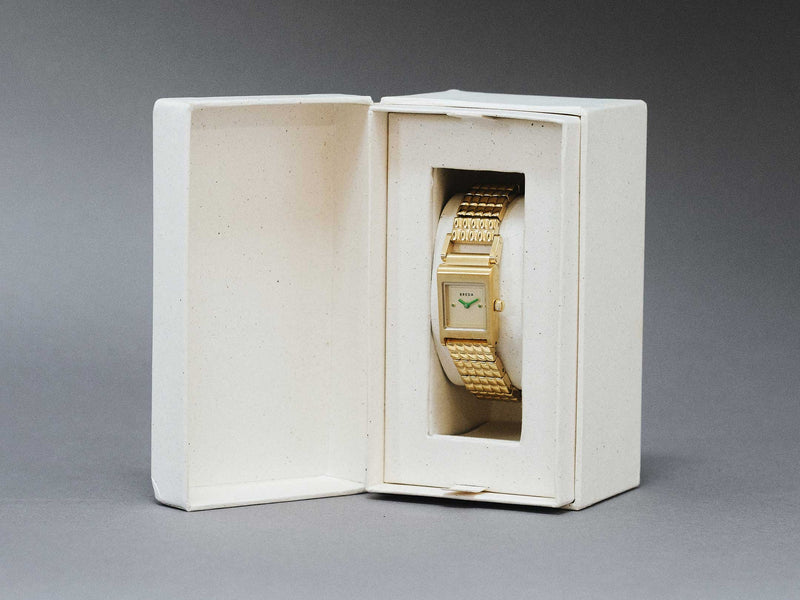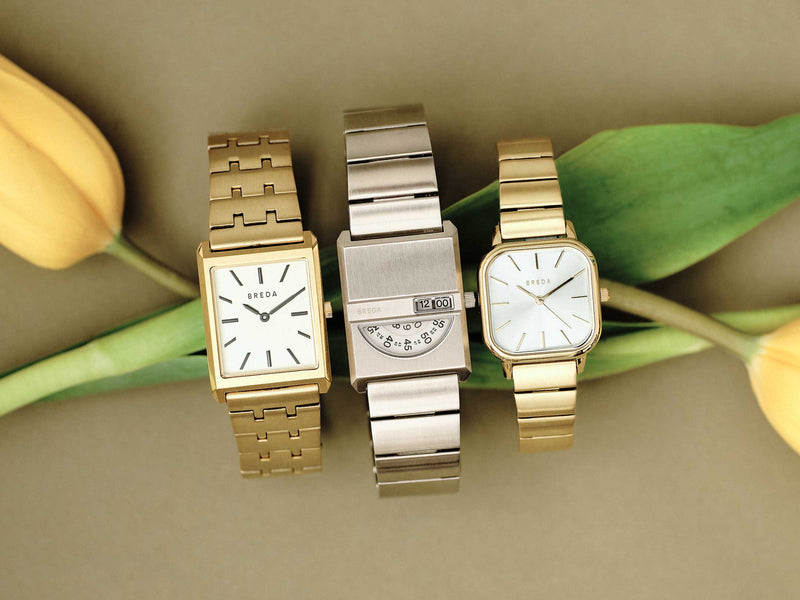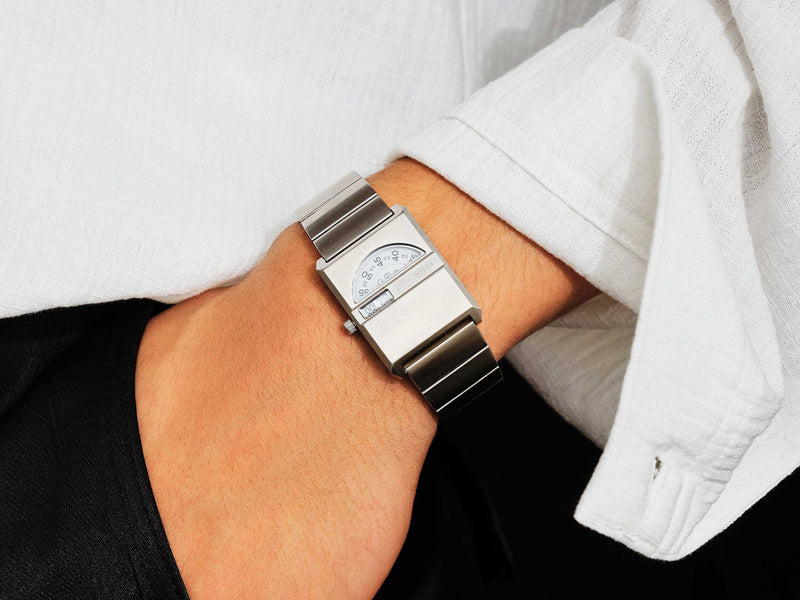
How has your perspective on art evolved since you began your journey as an artist?
I think as a young person and as a young artist, there was this anxiety to produce something to be heard and to get attention. Perhaps the ego was more involved. As I’ve gotten older, I’ve realized that that doesn’t matter so much, but what does matter is the ability to get lost in my curiosity and to figure out what are the things in art that drive me, that inspire me, and how I can continue to pursue those ideas.

What role does emotion play in your creative process?
I wouldn’t use the word emotion, but I would use the word magic. There is a certain energy that works that inspire me have, and I try to pull from that energy to create something new that is more personal to me.

How do you balance traditional art practices and contemporary techniques?
Where I have found freedom is in the rules and parameters of the past. There has been a dialogue in art making for thousands of years and I like tapping into that and thinking of myself as just a continuation of that process. Inevitably we live in contemporary times, and have access to contemporary techniques, so they make their way into the work.

How do your Mexican roots influence your art, both directly and subtly?
My Mexican roots can make their way into the work via Mexican art history and cultural influence. Indirectly, having grown up in a different country and then moving to the United States, I am a person of two worlds and two realities and for me it is important for my work to communicate that duality.

Are there any specific elements or themes from Mexican culture or history that you often find yourself drawn to in your work?
I love ancient American art history, pre-Colombian art history, colonial painting, Mexican modernism, and Mexican muralism. Honestly, I love it all so it’s hard to pick, but that’s what makes what I do so incredible. I’ll never run out of things to look into.

How has the Dallas art scene both challenged and nurtured your growth as an artist?
Being an artist in Dallas is conflicting because there’s a lot of room to be who you are. I don’t feel that we have much of an understanding of our historical Latin American art movement such as West Coast or East Coast, so there is room to really invent yourself in a whole new way.

Given the closure of many experimental spaces, How do you envision the future of Dallas's art community?
I think the most important part is for artists to always focus on their work. To not only be engaged in what’s going on locally, but to also think about what’s going on globally. At the end of the day, the artwork speaks for itself, so make sure to just work your ass off and make the best work you can. Yes, go to local openings, but also try to travel as much as you possibly can.

How would you describe the evolution of your artistic style over the years?
I think it really comes down to grit. It’s more about just editing out the things that aren’t so interesting and focusing on the things that are. At the end of the day, it is about communication. My goal is to clearly communicate my ideas and to do that as efficiently as possible.

You mentioned a significant shift in your work after your Italy trip. How do you reconcile these European inspirations with your foundational style and influences?
For the longest time, I worked with black and white because of my color blindness. Fortunately, you can buy glasses that can enhance the color. That, combined with visiting Italy and seeing all of the incredible frescos and paintings, really affected me. There’s a magic to color that I knew I had to learn and tap into, and it has totally added a new layer to my pursuits. I wouldn’t say it’s about reconciling specific things. It’s perhaps about addressing insecurities, or challenges, that you know you need to overcome to push your work to the next level.

How do you see contemporary Mexican art evolving, and where do you feel you fit in that spectrum?
There’s no way to explain how open and how much breadth contemporary Mexican art has. It can be overwhelming to see where I fit in, but all I know is that I have to make things that are true to me and my reality. The rest is out of my control.


